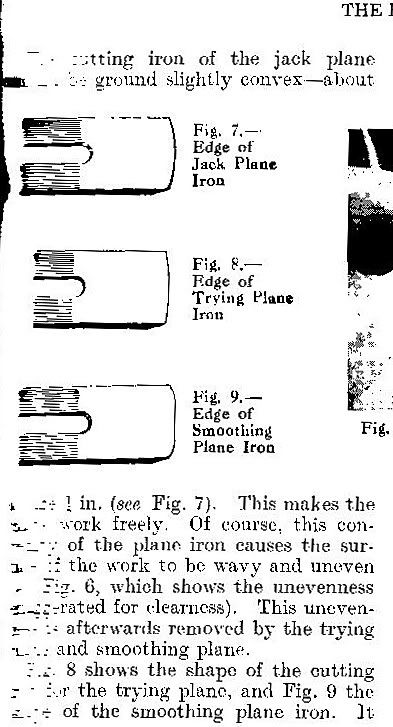Adam recently wrote about some advantages wooden planes have over metal ones, especially when one has to remove a lot of stock. He has issued a challenge for us to find an old woodie and put it to use.
I have a couple of working wooden planes (a smoother and a skew rabbet), but my experience has been pretty limited. I've been inspired to pull out an old wooden fore plane that I had lying around. It looks a little rough, and I've hesitated to do much with it, but I'm going to give it a try. The blade and chip breaker are sitting in Evaporust as we speak.The wedge will definitely need some work, but hopefully not replacement.... The mouth is big enough to drive a city bus through, which is really perfect for this experiment.
Anyway, I thought it was a great post and I hope it will spark some debate over here.
Jim








 Reply With Quote
Reply With Quote


 Jr.
Jr. 




